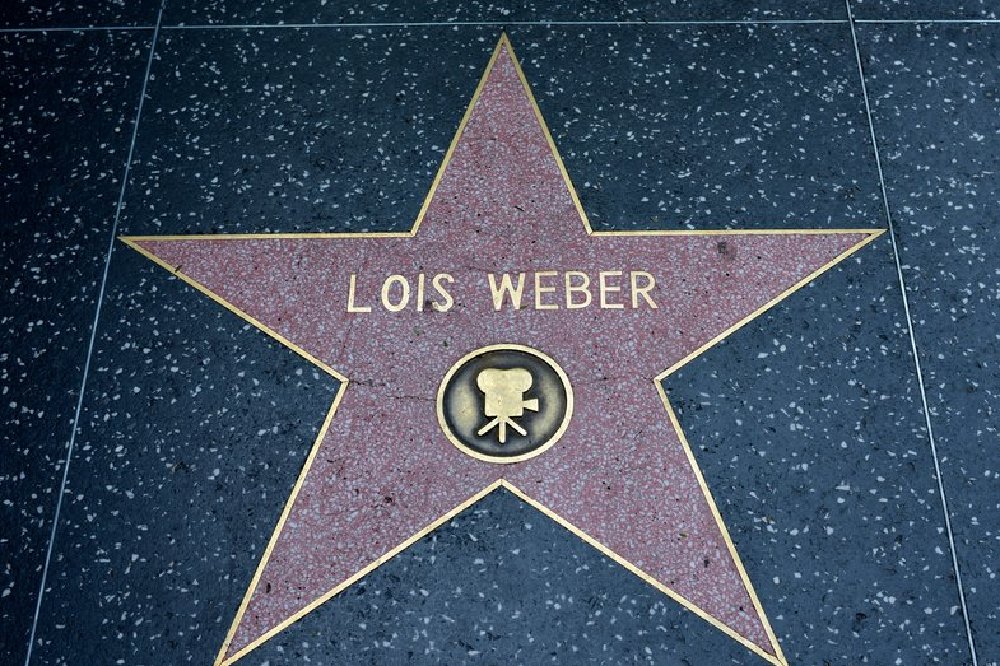Cinema
The film industry has long been a male-dominated space, but in recent years, female directors have been breaking barriers and reshaping the landscape of cinema. This transformation has not only brought new perspectives and stories to the forefront but has also paved the way for more inclusivity and diversity in storytelling. As more women step behind the camera, the process of auditioning for movies is also evolving, reflecting a broader spectrum of voices and experiences.

Director Lois Weber
Historical Context
Historically, women in the film industry were often relegated to roles in front of the camera, with few opportunities to direct or produce films. The few women who did make it into directing, such as Alice Guy-Blaché in the early 1900s, were pioneers in an industry that would remain predominantly male for decades. It wasn't until the latter half of the 20th century that female directors like Lina Wertmüller, who became the first woman nominated for an Academy Award for Best Director in 1976, began to receive broader recognition.
Despite these achievements, it has been a slow journey towards equality. The lack of female representation behind the camera has resulted in a narrow portrayal of women's experiences and perspectives in film. However, this narrative is changing as more women are not only entering but also excelling in the field of directing.
The Modern Era of Female Directors
Today, the rise of female directors is evident across various film genres and industries. Directors like Ava DuVernay, Greta Gerwig, Patty Jenkins, and Chloé Zhao have gained critical acclaim and commercial success. DuVernay's work on "Selma" and "A Wrinkle in Time," Gerwig's directorial debut with "Lady Bird," Jenkins' groundbreaking "Wonder Woman," and Zhao's Oscar-winning "Nomadland" are just a few examples of how women are making significant impacts in Hollywood and beyond.
These directors have not only brought fresh narratives and diverse characters to the screen but have also influenced the industry's approach to casting calls. By advocating for more inclusive casting practices, they ensure that the stories told on screen reflect the rich diversity of the real world.
Challenges and Triumphs
Despite the progress, female directors still face numerous challenges, including gender bias, unequal funding opportunities, and limited access to high-profile projects. The industry's entrenched gender norms often mean that women must work harder to prove their worth and gain the same recognition as their male counterparts.
However, the triumphs of female directors are gradually shifting these dynamics. Initiatives like the #MeToo movement and Time's Up have brought attention to the systemic issues within the industry, prompting changes in policies and practices. Additionally, organizations such as Women in Film and the Geena Davis Institute on Gender in Media are working tirelessly to support and promote women in all aspects of filmmaking.
Future Prospects
The increasing visibility and success of female directors are promising signs for the future of cinema. As more women take on directorial roles, the industry is witnessing a broader range of storytelling styles and subject matters. Films directed by women often explore themes of identity, gender, and social justice with nuance and depth, offering audiences new and enriching viewing experiences.
Moreover, the success of female-directed films at the box office and during awards season challenges the outdated notion that women-led projects are less commercially viable. This shift is encouraging more studios and investors to support female directors, leading to a more balanced and equitable industry.
Conclusion
The rise of female directors is a testament to the changing dynamics of the film industry. As these talented women continue to break barriers and redefine cinema, they are not only shaping the future of the industry but also inspiring the next generation of filmmakers. By fostering an environment that values and promotes diversity in storytelling, the film industry can continue to evolve and thrive, reflecting the varied experiences and voices of audiences around the world.
As more women respond to audition for movies and engage in casting calls, their increasing presence behind the camera will undoubtedly lead to richer, more diverse cinematic landscapes. The journey toward full equality is ongoing, but the achievements of female directors thus far offer a promising glimpse into a future where everyone's stories can be told.

